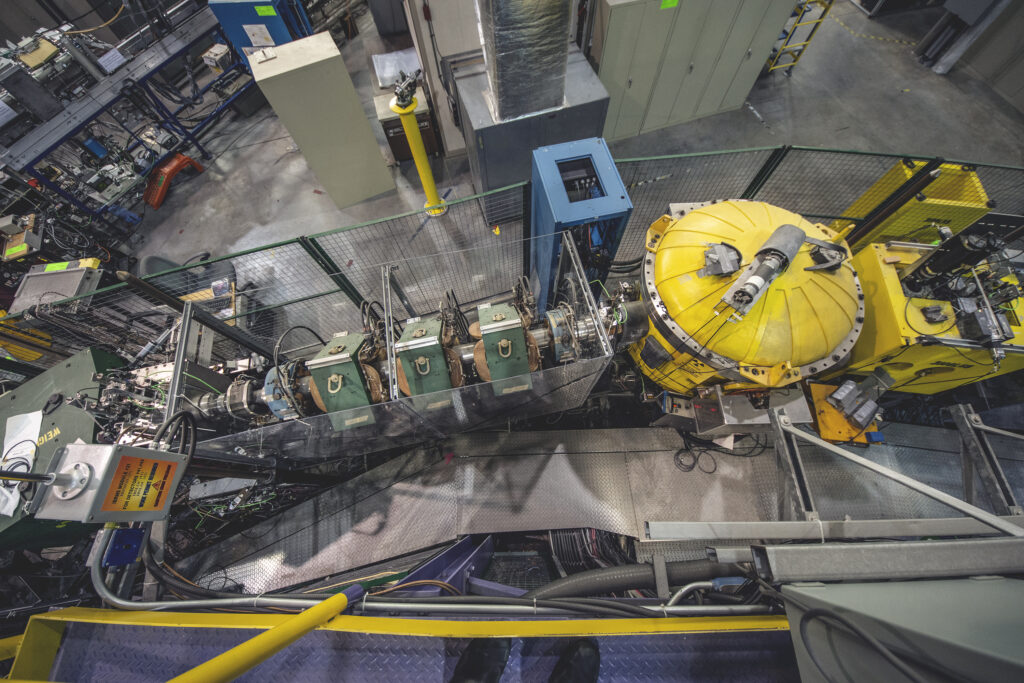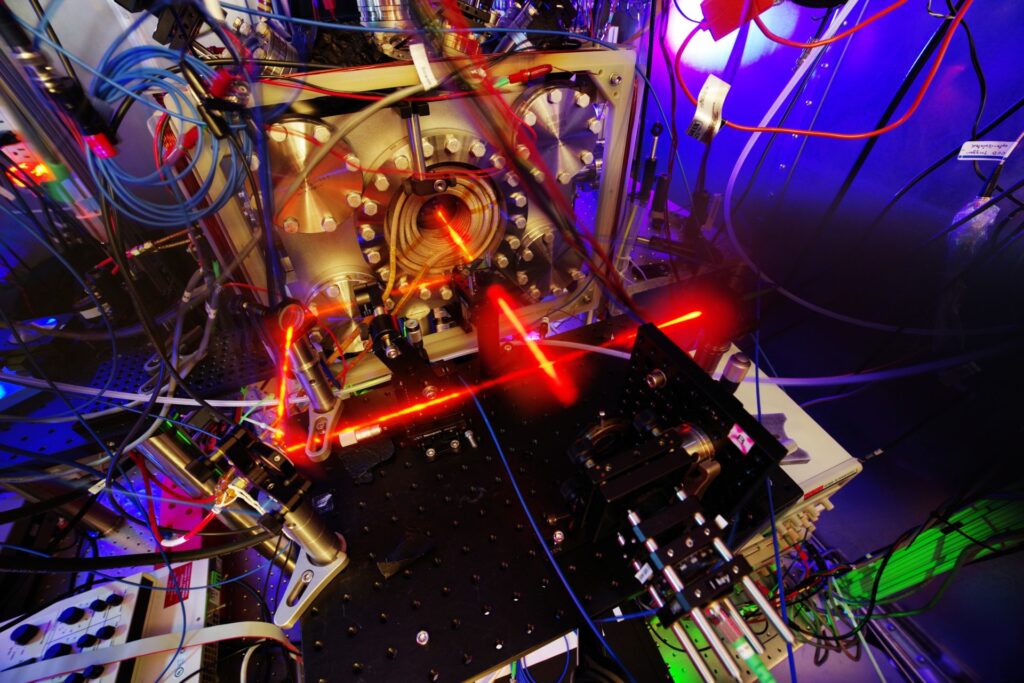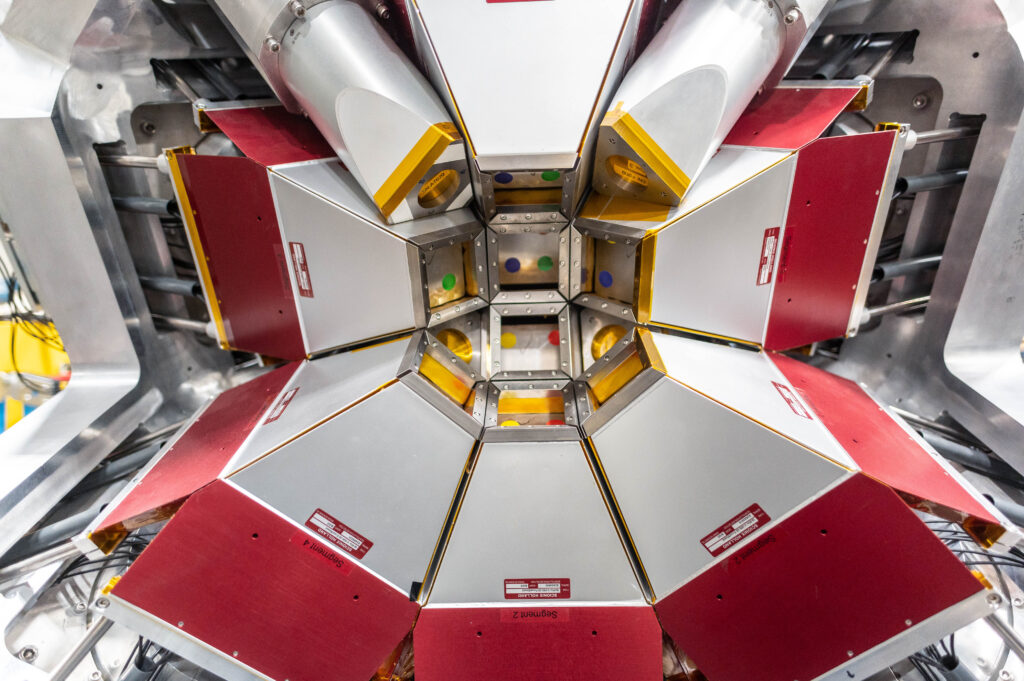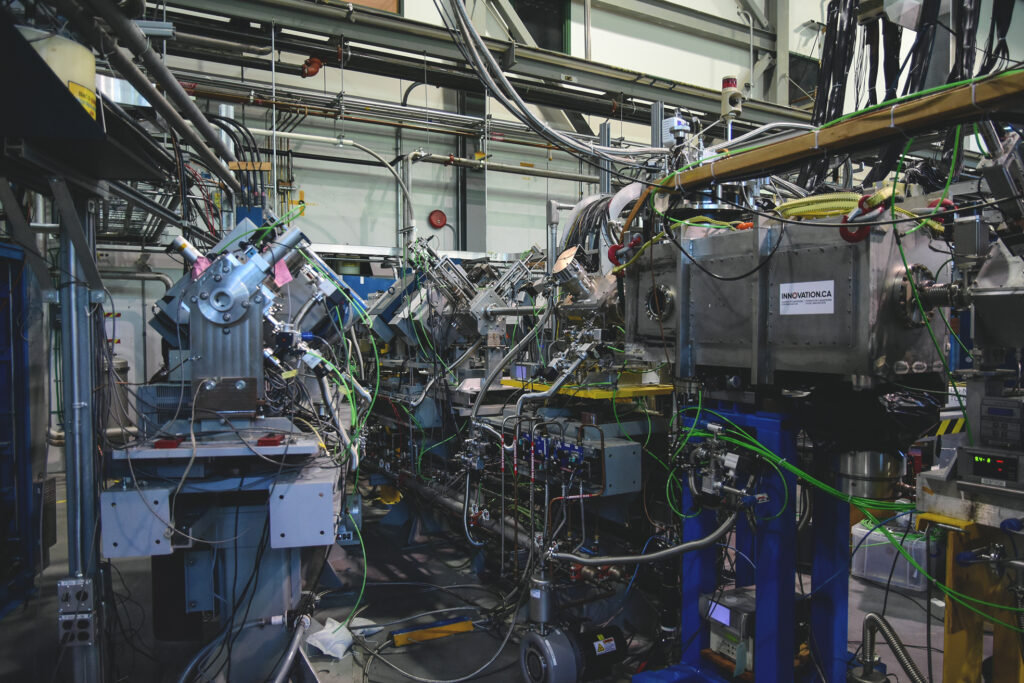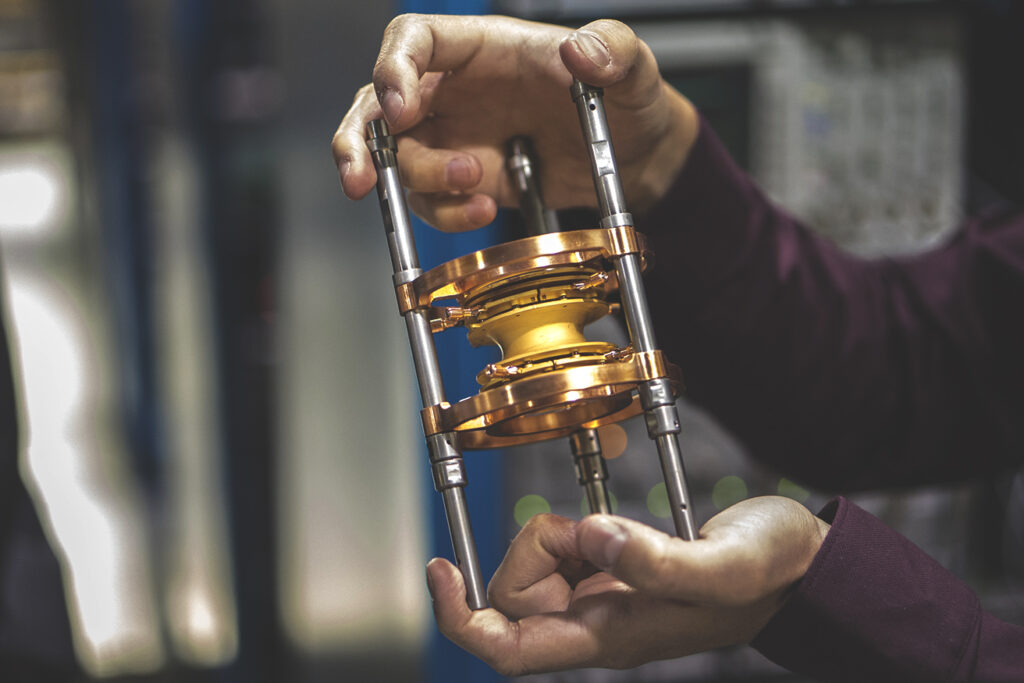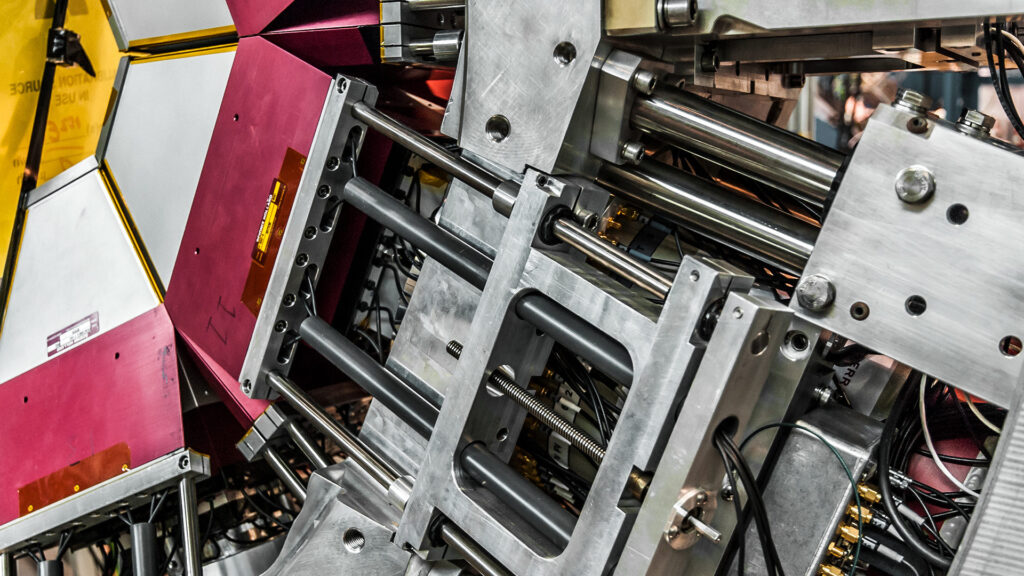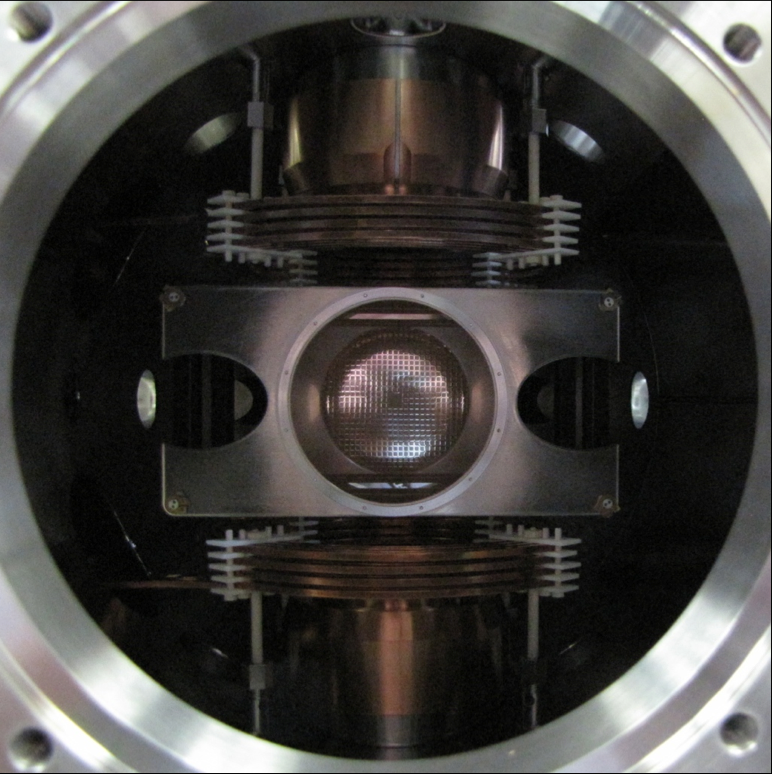
Nuclear Physics
TRIUMF’s nuclear physics research focuses on the study of the atomic nucleus using beams of short-lived, exotic isotopes produced using particle accelerators and targets.
We explore how protons and neutrons join to form nuclei, how nuclei behave at the limits of stability, and the mechanisms by which nuclear dynamics and interactions influence the formation and interaction of matter – in our galaxy, and across the Universe.
TRIUMF’s unique advantage lies in its large arrays of detectors with extraordinary data-collecting power, and world-unique accelerator and isotope-separation-online (ISOL) facilities, which provide experimental access to intense mass-selected, isotope-selected beams with lifetimes down to the microsecond scale.
Research feature
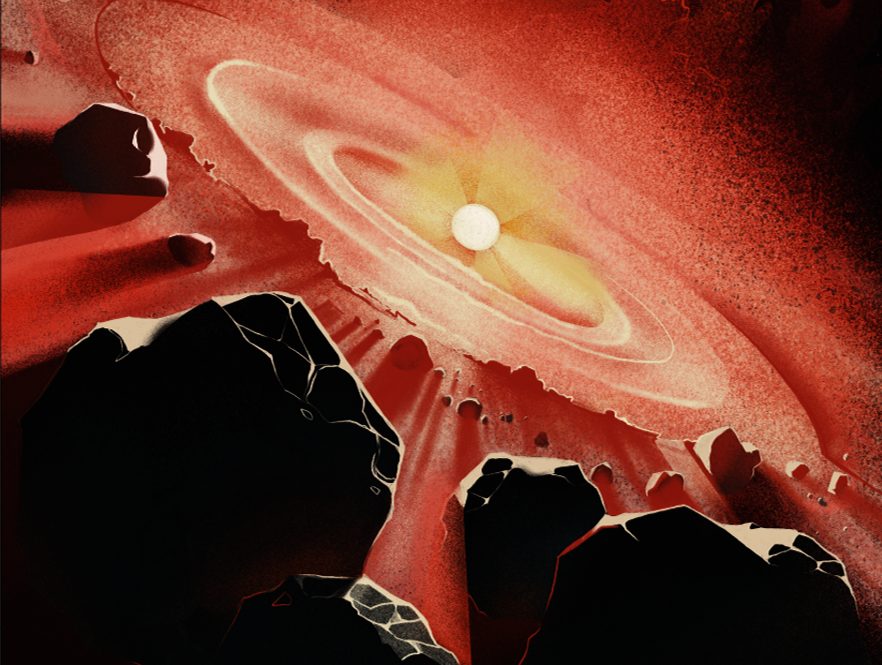
Extracting the timescale of the birth of the Sun
An international collaboration of scientists has succeeded in measuring the bound-state beta decay of fully-ionised thallium (thallium-205 81+) ions at the GSI Helmholtzzentrum für Schwerionenforschung, Darmstadt. The results have been published in the journal Nature. (Art: Danielle Adams)
Experiments and facilities
research Groups
Astrophysical Nuclear Reactions Group
Nuclear astrophysics is the study of the origin of the chemical elements, and the study of how stars shine, evolve and ultimately die. To better understand these interactions, we explore the interplay between rare, short-lived atomic nuclei in the laboratory.
Learn more about the Astrophysical Nuclear Reactions Group.
Exotic Decay Spectroscopy Group
The Exotic Decay Spectroscopy Group investigates how short-lived nuclei decay, including pathways that occur only in very neutron-rich nuclei and in highly-charged ions with few or no electrons.
Learn more about the Exotic Decay Spectroscopy Group.
Gamma-ray Spectroscopy Group
We pursue a broad range of fundamental questions, from how the chemical elements are produced within the explosions of stars to how the atomic nucleus responds to the stresses of unstable neutron-to-proton ratios, to how the basic building blocks of matter interact at the most fundamental level.
Learn more about the Gamma-ray Spectroscopy Group.


